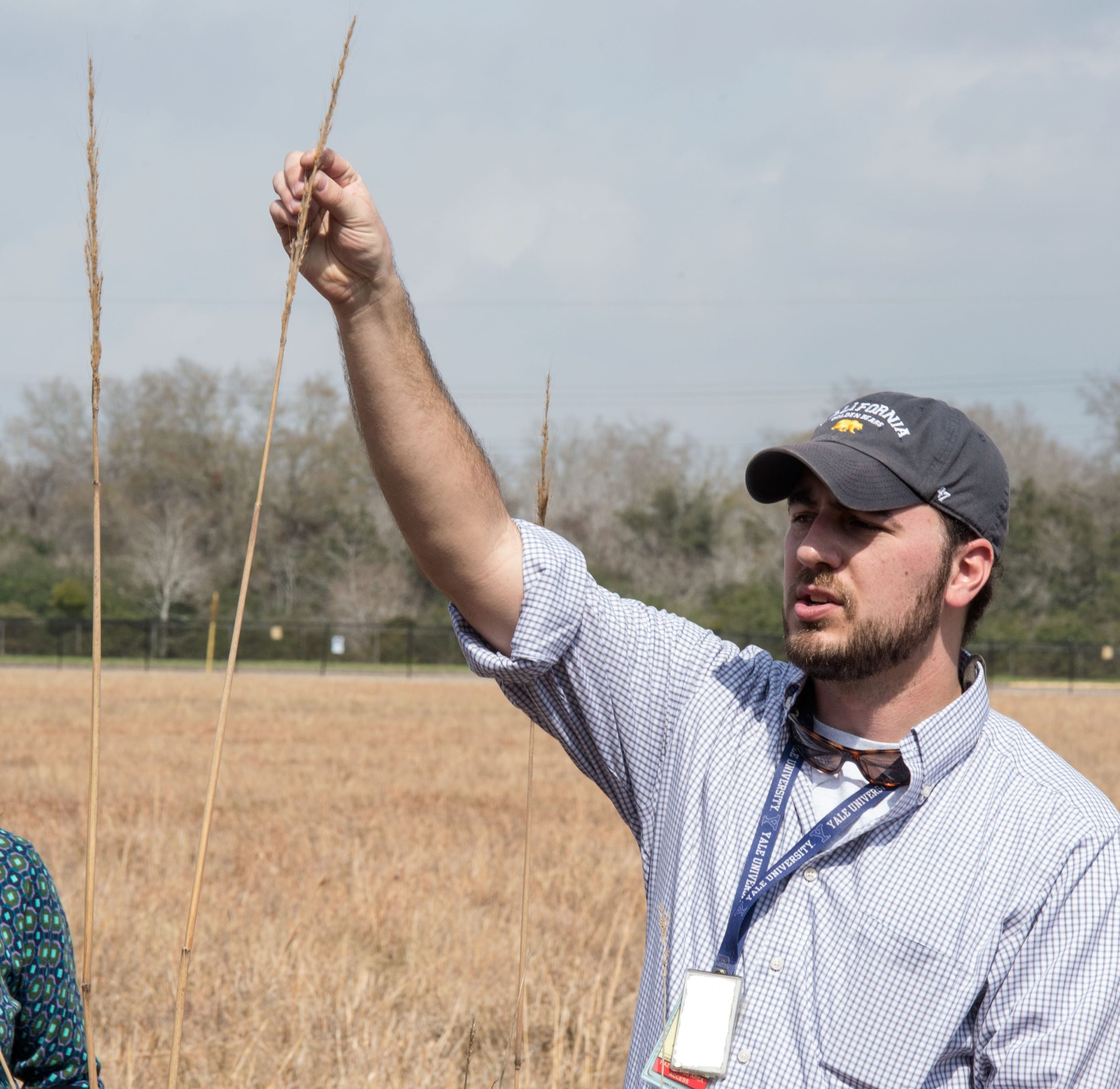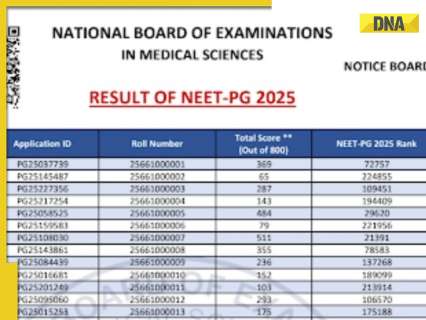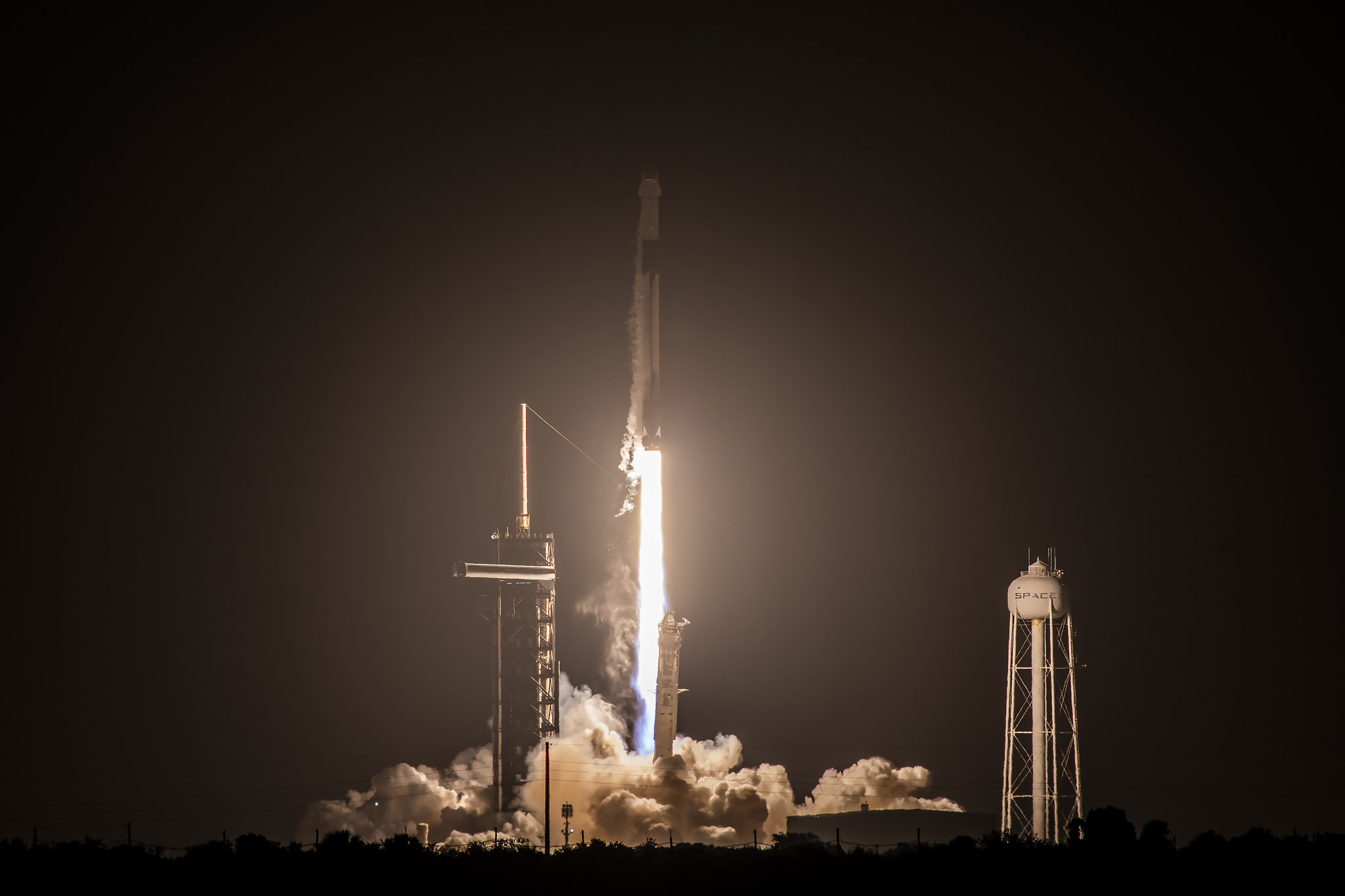Now Reading: Managing Wildlife: Insights from Johnson’s Matt Strausser
-
01
Managing Wildlife: Insights from Johnson’s Matt Strausser
Managing Wildlife: Insights from Johnson’s Matt Strausser

Swift Summary
- NASAS Johnson space center is home to a diverse array of wildlife, including geckos, snakes, white-tailed deer, and red-tailed hawks.
- Matt Strausser, the senior biologist for wildlife management at Johnson Space Center, oversees efforts to balance human activity and native wildlife conservation.
- Strausser joined NASA in 2012 to create its first Wildlife Management Plan and has since become a permanent member of the facilities service team.
- His work involves collecting data on habitats and populations using techniques like aerial imagery, population counts, nesting surveys, and past analysis.
- He collaborates with teams in facilities maintenance, pest control, groundskeeping contracts, security contractors for wildlife safety awareness campaigns as well as public conflict responses (e.g., relocating animals).
- Strausser also operates drones (small unmanned aircraft) for facility inspections and hurricane response while supporting broader conservation objectives.
- He emphasizes teamwork among professionals from varied fields in achieving NASA’s goals related to its Artemis campaign.
Indian Opinion Analysis
The story of Matt Strausser’s work at NASA illuminates the importance of integrating science with practical resource management within high-stakes environments like space exploration facilities. For India-a country rich in biodiversity but grappling with increasing urban expansion-this underscores how coexistence between advancement and ecological preservation is achievable through well-designed frameworks. Additionally, initiatives such as incorporating drone technology highlight how cutting-edge tools can effectively address environmental challenges.
India might also reflect on softer lessons regarding career adaptability and interdisciplinary collaboration emphasized by professionals like Strausser. This approach mirrors India’s growing emphasis on holistic education aligning habitat management roles with infrastructure aspirations such as urban Smart Cities or ISRO-related ecosystem work zones. Lessons here reinforce that forward-thinking measures need thoughtful practitioners who balance innovation with environmental stewardship systematically.


























